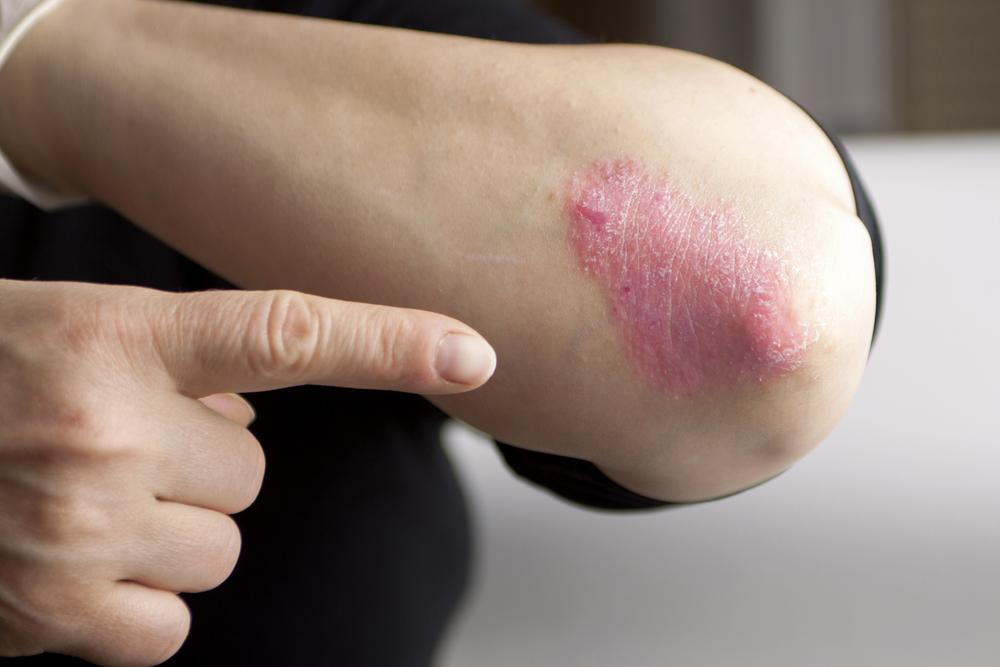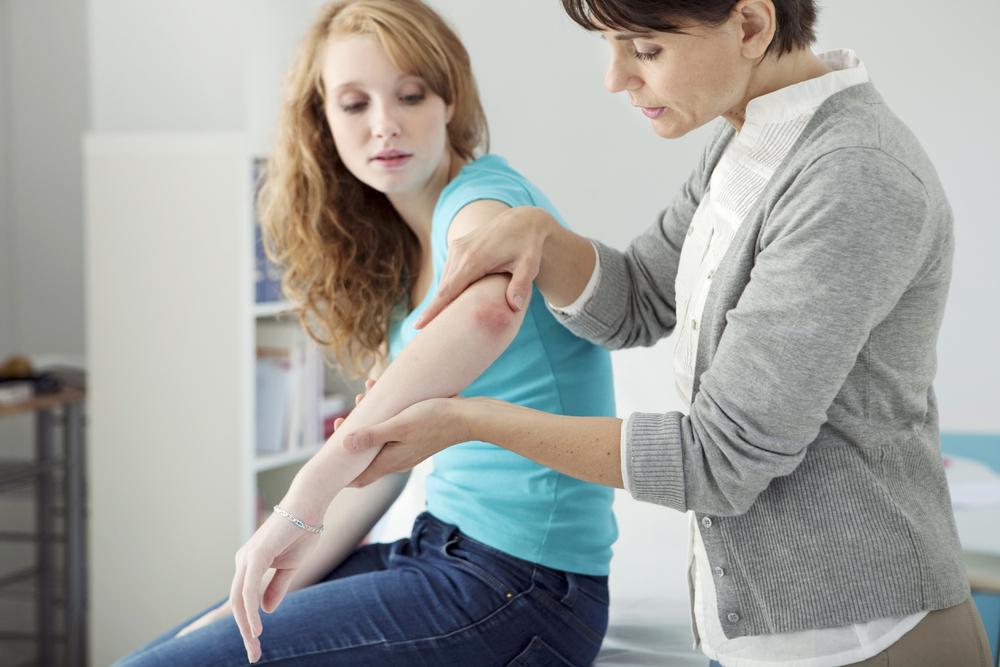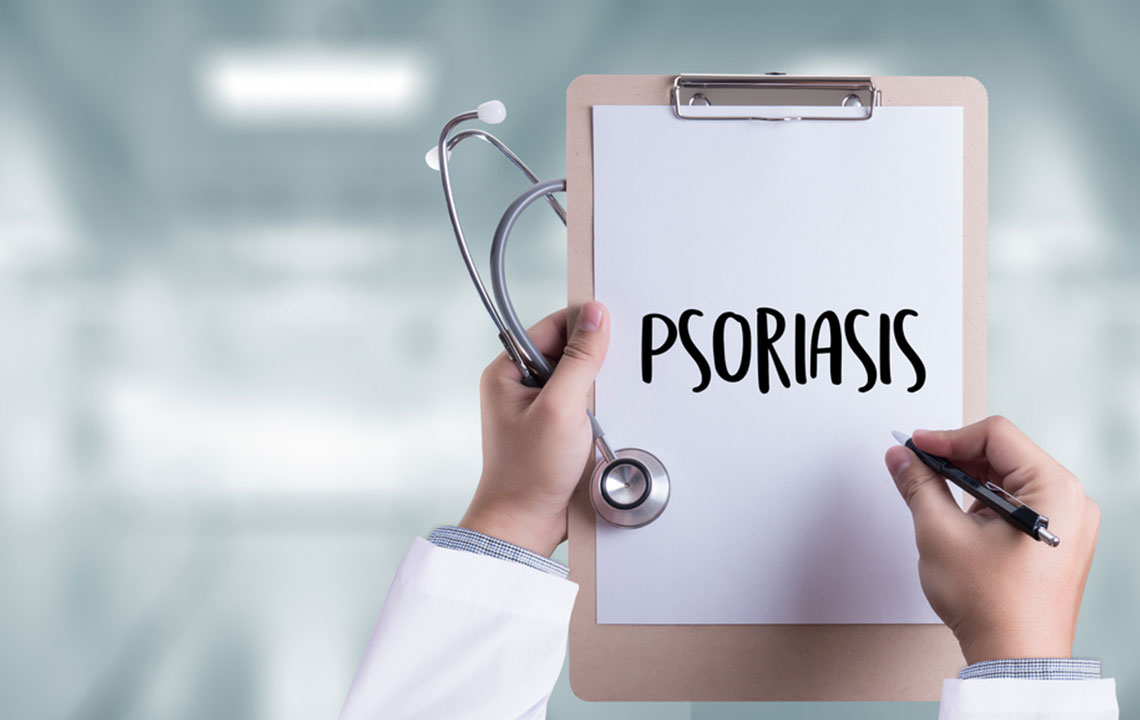Comprehensive Guide to Psoriasis: Types, Causes, and Modern Treatment Strategies
This comprehensive guide explores psoriasis in depth, covering its various types, causes, symptoms, and the latest treatment strategies. Learn how to identify different psoriasis forms and discover effective therapies, including topical medications, phototherapy, systemic drugs, and advanced biologics. Emphasizing personalized treatment, lifestyle tips, and ongoing research, this article aims to provide valuable insights and practical advice for managing this complex skin condition and improving patients’ quality of life.

Comprehensive Guide to Psoriasis: Types, Causes, and Modern Treatment Strategies
Psoriasis is a complex, chronic autoimmune skin condition that affects millions worldwide. It is characterized by abnormal rapid skin cell proliferation, leading to the development of distinctive red, scaly, and inflamed patches on various parts of the body. The severity can range from minor skin discomfort to extensive areas of damaged skin, sometimes resulting in cracks and bleeding. Psoriasis predominantly impacts areas such as the elbows, knees, scalp, and hands, but it can also occur on the face, genitals, and other regions, affecting patients’ quality of life significantly.
Understanding the Different Types of Psoriasis
Recognizing the specific type of psoriasis is essential for effective management and treatment. The main classifications include plaque psoriasis, guttate psoriasis, pustular psoriasis, inverse psoriasis, and erythrodermic psoriasis. Each type has unique features, causes, and treatment approaches, which we will explore in detail below.
Plaque psoriasis (Psoriasis Vulgaris)
As the most prevalent form, plaque psoriasis accounts for approximately 80-90% of all psoriasis cases. It manifests as raised, red patches topped with silvery-white scales, primarily appearing on the elbows, knees, scalp, lower back, and other extensor surfaces. These plaques can be itchy and may sometimes crack or bleed, especially when scratched or irritated. The severity can vary from small, isolated patches to extensive skin involvement.
Guttate psoriasis
Often affecting children and young adults, guttate psoriasis presents as numerous small, drop-shaped lesions predominantly on the trunk, limbs, and occasionally the scalp. These lesions are usually pink, less scaly, and less raised than plaque psoriasis. Often triggered by infections such as streptococcal throat, guttate psoriasis can appear suddenly and resolve over weeks or months, though it may recur.
Pustular psoriasis
Characterized by white pustules or pus-filled blisters surrounded by inflamed skin, pustular psoriasis frequently affects the hands and feet but can also involve other parts of the body. It may be generalized or localized. The condition can cause significant discomfort and sometimes systemic symptoms such as fever and malaise, especially in severe cases.
Inverse psoriasis
Also known as flexural psoriasis, inverse psoriasis develops in skin folds where the skin is naturally thinner and more prone to friction. This type manifests as shiny, bright red patches without much scaling, commonly occurring under the arms, behind the knees, around the groin, and in the genital area. It is often aggravated by sweating and friction.
Erythrodermic psoriasis
The most severe and rare form, erythrodermic psoriasis involves widespread redness, scaling, and inflammation across large areas of the skin, giving a sunburn-like appearance. It can disrupt the body's temperature regulation and lead to serious complications like dehydration and infection. Emergency medical attention is often necessary for this type.
Understanding the Causes of Psoriasis
Psoriasis is primarily driven by immune dysregulation, where the immune system mistakenly attacks healthy skin cells, leading to abnormal growth. Genetics play a significant role, with a family history increasing risk substantially. Environmental and lifestyle factors also contribute to disease activation or exacerbation, including stress, skin injuries (Koebner phenomenon), infections, certain medications, smoking, and heavy alcohol consumption.
Modern Treatment Options for Psoriasis
While psoriasis is not curable yet, advances in dermatological therapies allow many patients to achieve effective disease control. Treatment strategies are tailored based on the type, severity, and location of psoriasis, alongside individual patient factors.
For mild cases, topical treatments remain the cornerstone. These include corticosteroids to reduce inflammation, vitamin D analogs like calcipotriol to regulate skin cell growth, coal tar preparations for soothing and reducing scaling, and moisturizers to improve skin barrier function. Phototherapy, particularly narrowband ultraviolet B (UVB), can be highly effective for moderate to severe cases, helping slow down skin cell proliferation and reduce inflammation.
Systemic treatments are reserved for severe, persistent, or refractory psoriasis. These include oral medications such as methotrexate, cyclosporine, and acitretin, which suppress immune responses or normalize skin cell turnover. In recent years, biologic therapies have revolutionized psoriasis management, targeting specific immune pathways involved in disease pathogenesis. These include agents like adalimumab, etanercept, ustekinumab, and secukinumab, which provide substantial relief and improve quality of life for many patients.
Biotherapy and systemic options are typically administered under specialist supervision, with regular monitoring to manage potential side effects. Besides medical interventions, lifestyle modifications such as stress management, avoiding skin injuries, maintaining good hygiene, smoking cessation, and limiting alcohol can significantly contribute to controlling psoriasis outbreaks and flares.
Despite the challenges, ongoing research continues to explore new therapeutic targets and personalized treatment approaches, striving to discover more effective and less invasive options for those suffering from this chronic condition.





